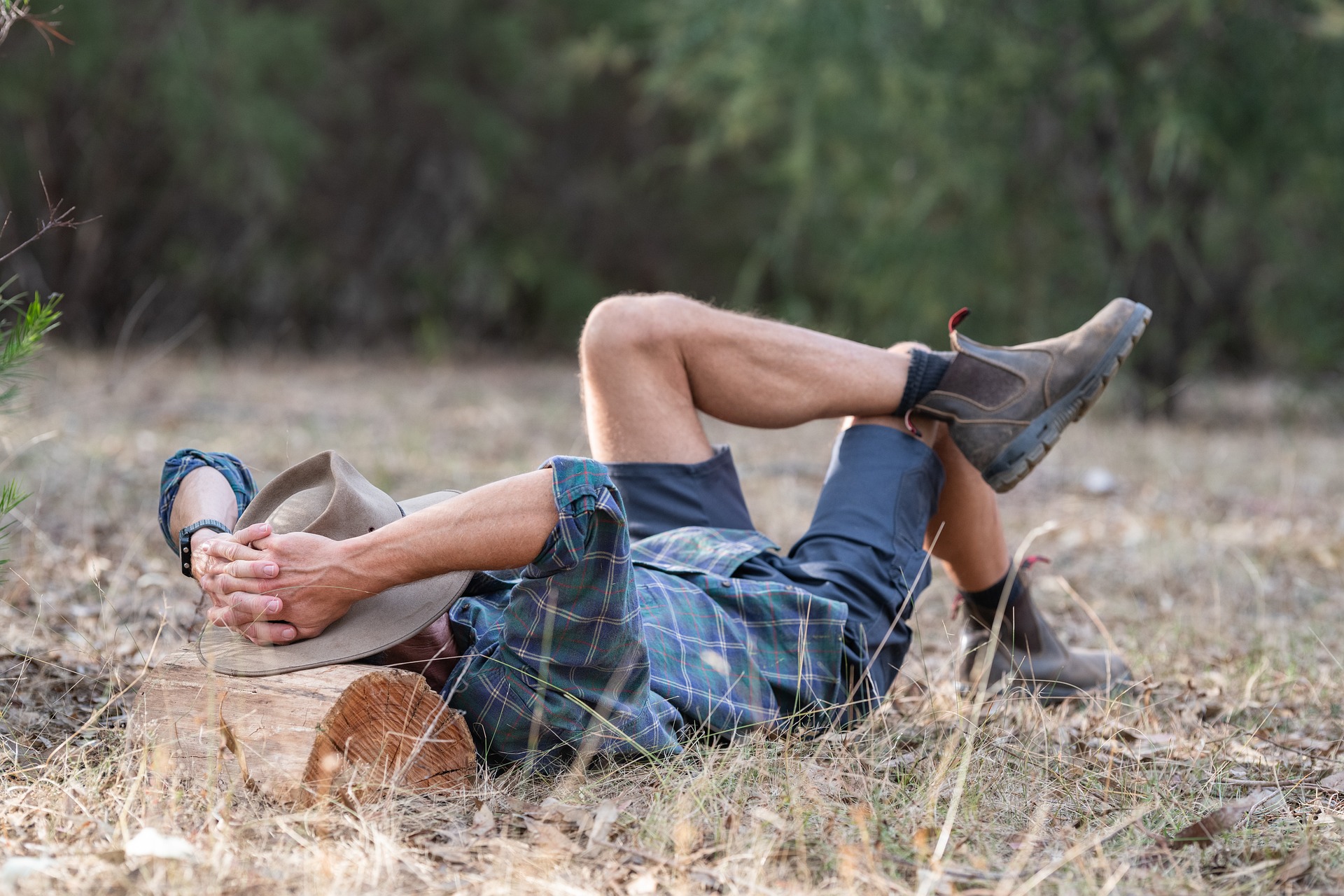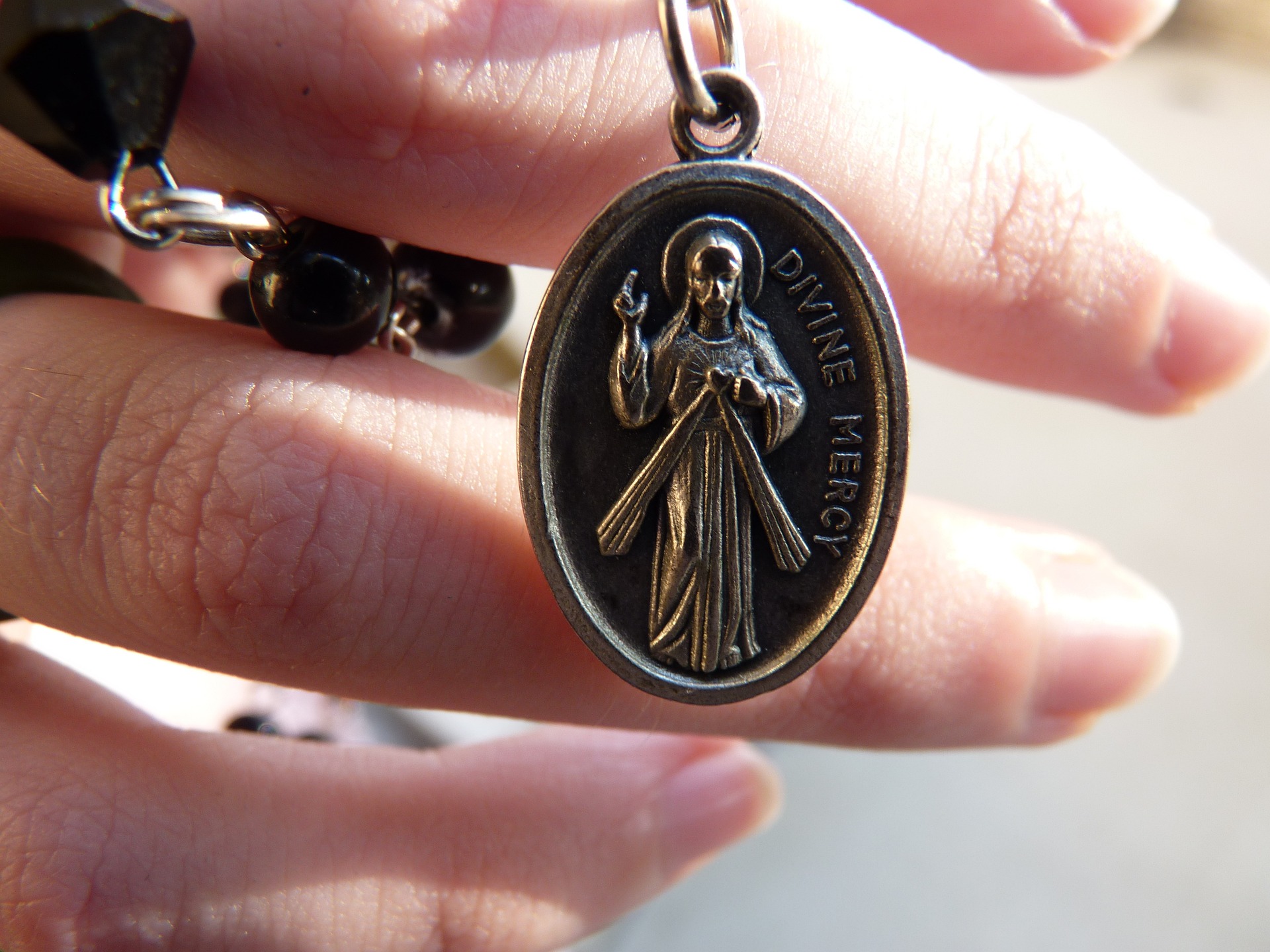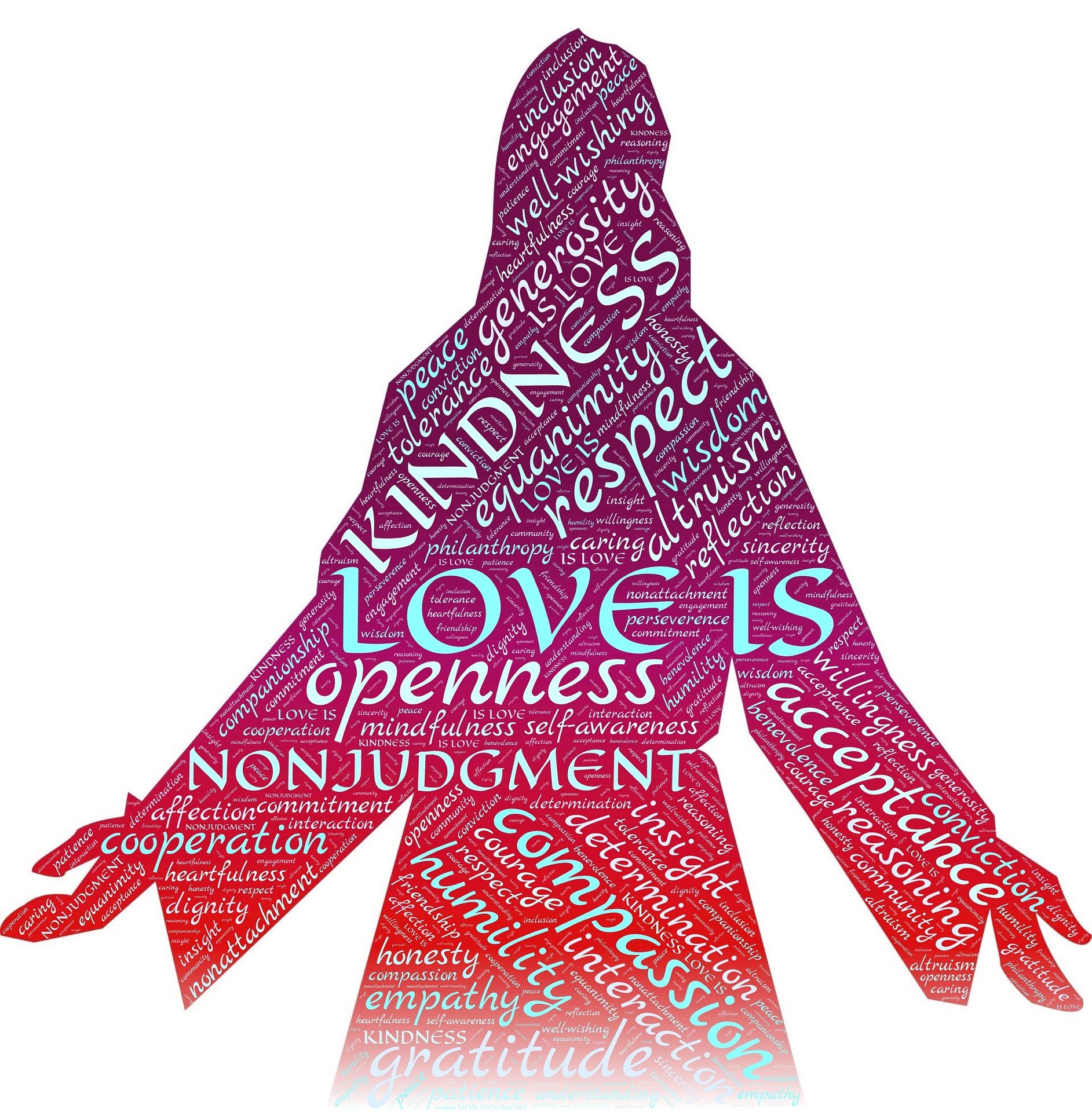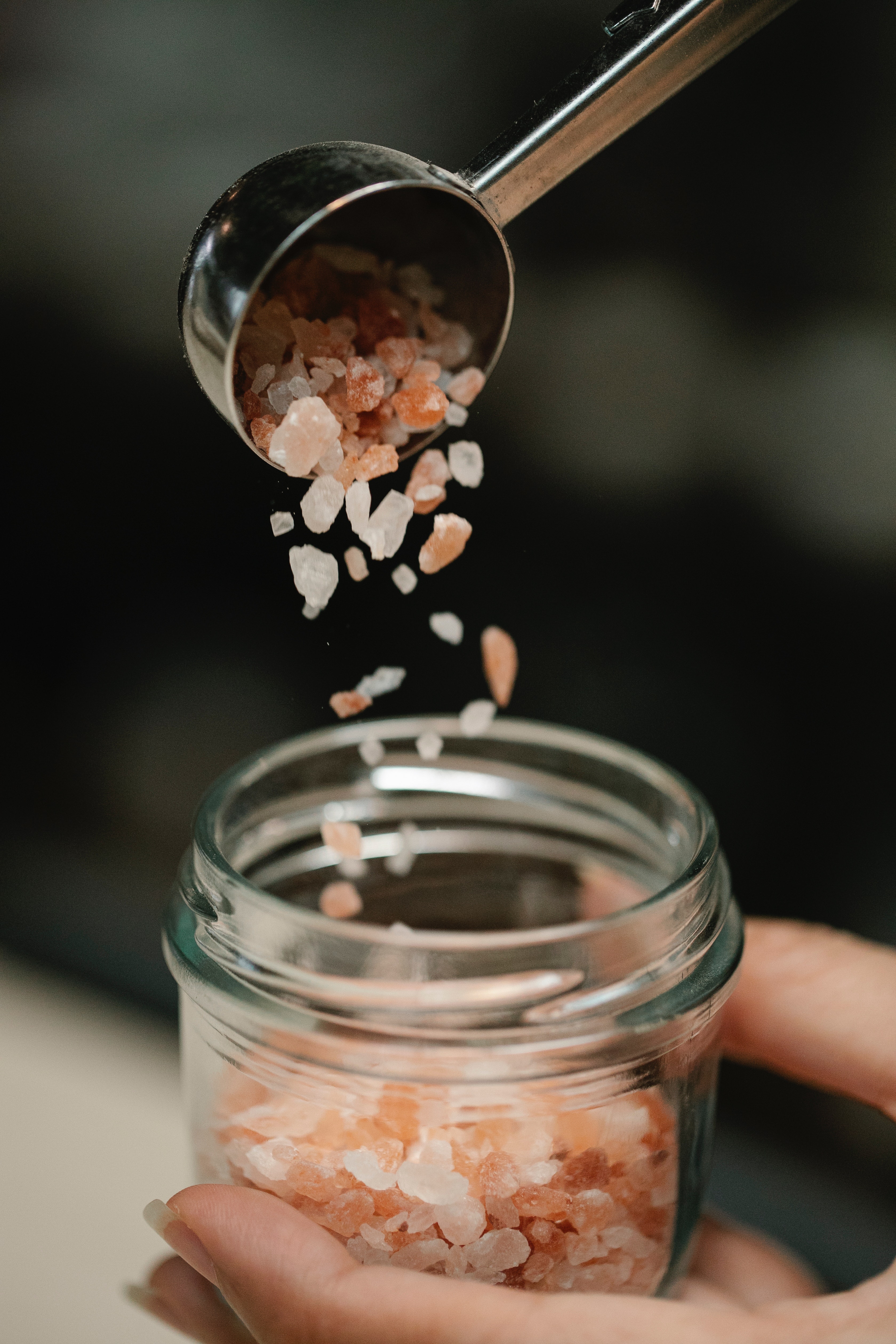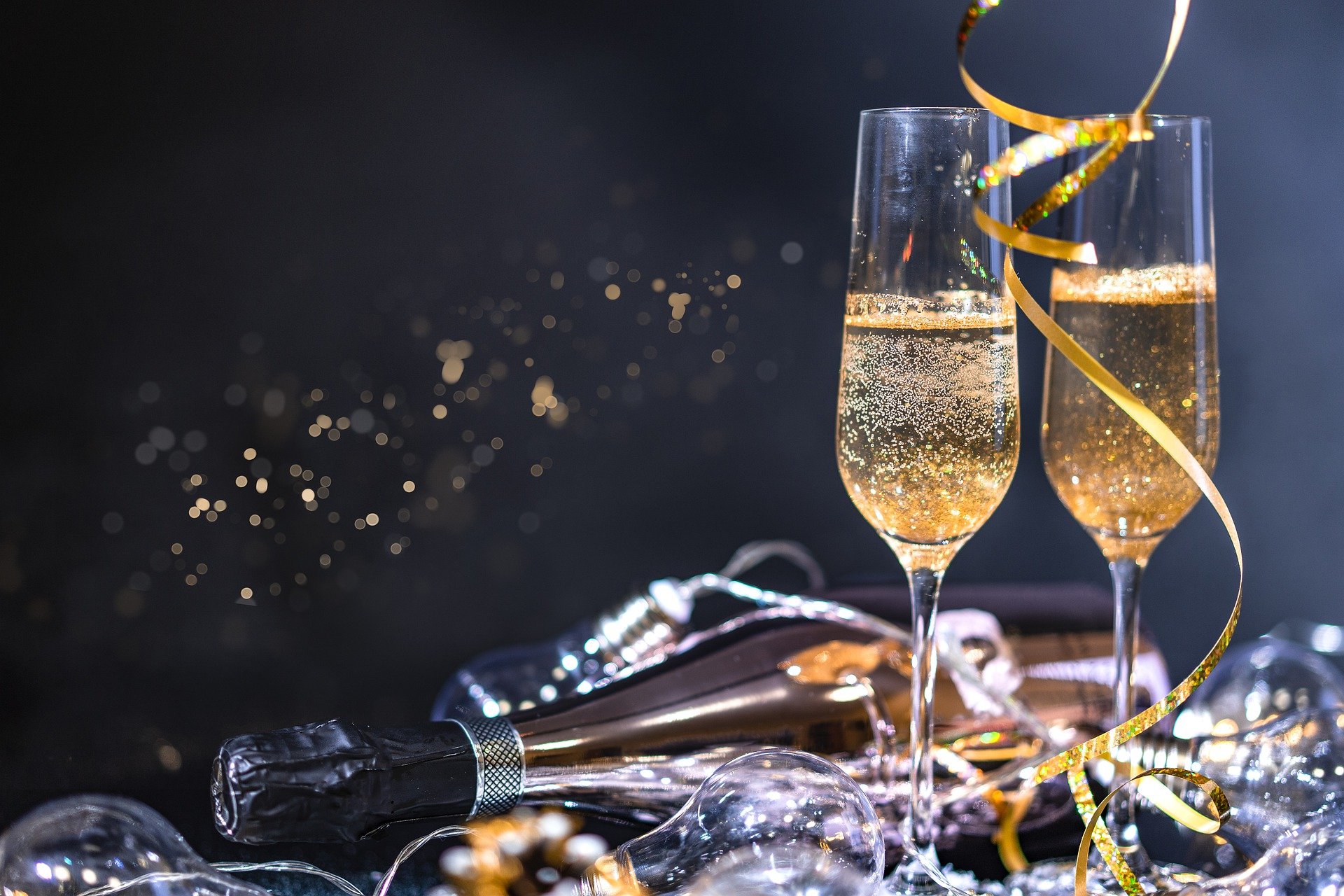Today we celebrate the Nativity of the Blessed Virgin Mary. Our tradition holds that Mary was the daughter of Saints Ann and Joachim. However, we have no record of Mary’s parents in the canon of scripture. This is probably the case because the evangelists wrote to point us toward Christ and to teach us how Jesus offers salvation through his life, death, and resurrection. Their aim was not to tell a comprehensive history of all of Jesus’ family tree but to point us toward discipleship.
Yet, sometimes we can learn about people we don’t know through their children. We can say with scientific certainty that Mary, indeed, had parents. We can infer that her parents imparted to her a deep faith, for when the Angel Gabriel announced Mary’s pregnancy, she responded with her Magnificat, a prayer, which Pope Benedict wrote, was woven from many threads of Holy Scripture and revealed a portrait of Mary’s soul. (See Psalms 9; 33:3-4; and 56) Mary echoes these Psalms in her Magnificat. I believe that we have Mary’s parents to thank for teaching her these words of Scripture, which she adopted as her own.
Who formed you in your faith? Was it your parents? Perhaps a teacher, or a priest, or maybe even a friend? Perhaps you were not brought up in any faith. Who introduced you to Jesus?
In addition to celebrating Mary’s nativity today, the Gospel today shares with us Jesus’ adopted paternal lineage. From this we see the messianic prophecy fulfilled in that Jesus is a descendent of David (Mt 1:6). You’ll notice a lot of familiar names in the genealogy: Isaac and Jacob; Tamar; Rahab; Ruth; and even Bathsheba. Each of these people, in a particular point in history and culture, contributed to God’s plan to “save his people from their sins” (Mt 1:21).
Each of these people was essential in bringing Joseph into the world, and as we know, God had a particular role for Joseph in Jesus’ life: Joseph was told, “take Mary your wife, for that which is conceived in her is of the Holy Spirit; she will bear a son, and you shall call his name Jesus” (Mt 1:20-21).
Joseph safeguarded his family during Jesus’ nativity (Lk 2:4-7) and their flight to Egypt (Mt 2:13). He presented Jesus in the temple (Lk 2:22). When Jesus was about 12 years old, Joseph accompanied Jesus to the temple and even found him in the temple (Lk 2).
You may have noticed that like us, the people in Joseph’s lineage (and Jesus’ lineage by adoption) are imperfect. Some were notoriously imperfect. Among them were prostitutes, opportunists, and adulterers, yet God brought about goodness from broken people. And each person was essential.
I hope that as you celebrate Mary’s Nativity today, and read the Gospel reading, you’re reminded of two truths: First, with God’s help, you have the capacity to impart the faith to others so that the world may, like Mary, proclaim the Magnificat. Second, each person, no matter how imperfect, has a particular role to play in bringing about God’s kingdom.
Hoy celebramos la Natividad de la Santísima Virgen María. Nuestra tradición sostiene que María era hija de los santos Ana y Joaquín. Sin embargo, no tenemos registro de los padres de María en el canon de las Escrituras. Este es probablemente el caso porque los evangelistas escribieron para señalarnos a Cristo y enseñarnos cómo Jesús ofrece la salvación a través de su vida, muerte y resurrección. Su objetivo no era contar una historia completa de todo el árbol genealógico de Jesús, sino señalarnos hacia el discipulado.
Sin embargo, a veces podemos aprender sobre personas que no conocemos a través de sus hijos. Podemos decir con certeza científica que María, efectivamente, tuvo padres. Podemos inferir que sus padres le inculcaron una fe profunda, pues cuando el Ángel Gabriel anunció el embarazo de María, ella respondió con su Magníficat, oración que el Papa Benedicto escribió, estaba tejida con muchos hilos de la Sagrada Escritura y revelaba un retrato del alma de María. (Ver Salmos 9; 33:3-4; y 56) María hace eco de estos Salmos en su Magnificat. Creo que tenemos que agradecer a los padres de María por enseñarle estas palabras de la Escritura, que ella adoptó como propias.
¿Quién te formó en tu fe? ¿Fueron tus padres? ¿Quizás un maestro, un sacerdote o tal vez incluso un amigo? Tal vez no fuiste educado en ninguna fe. ¿Quién te presentó a Jesús?
Además de celebrar hoy la natividad de María, el Evangelio de hoy comparte con nosotros el linaje paterno adoptivo de Jesús. En esto vemos cumplida la profecía mesiánica en que Jesús es descendiente de David (Mt 1,6). Notarás muchos nombres familiares en la genealogía: Isaac y Jacob; Tamar; Rahab; Piedad; e incluso Betsabé. Cada uno de estos pueblos, en un momento particular de la historia y de la cultura, contribuyó al plan de Dios de “salvar a su pueblo de sus pecados” (Mt 1,21).
Cada una de estas personas fue esencial para traer a José al mundo, y como sabemos, Dios tuvo un papel particular para José en la vida de Jesús: a José se le dijo, “no dudes en recibir en tu casa a María, tu esposa, porque ella ha concebido por obra del Espíritu Santo. Dará a luz un hijo y tú le pondrás el nombre de Jesús” (Mt 1, 20-21).
José protegió a su familia durante el nacimiento de Jesús (Lc 2,4-7) y su huida a Egipto (Mt 2,13). Presentó a Jesús en el templo (Lc 2,22). Cuando Jesús tenía unos 12 años, José acompañó a Jesús al templo e incluso lo encontró en el templo (Lc 2).
Es posible que haya notado que, al igual que nosotros, las personas del linaje de José (y el linaje de Jesús por adopción) son imperfectos. Algunos eran notoriamente imperfectos. Entre ellos había prostitutas, oportunistas y adúlteros, pero Dios trajo bondad de personas quebrantadas. Y cada persona era imprescindible.
Espero que al celebrar hoy la Natividad de María y leer la lectura del Evangelio, recuerde dos verdades: primero, con la ayuda de Dios, tiene la capacidad de impartir la fe a otros para que el mundo, como María, proclame el Magníficat. Segundo, cada persona, por imperfecta que sea, tiene un papel particular que desempeñar en la realización del reino de Dios.
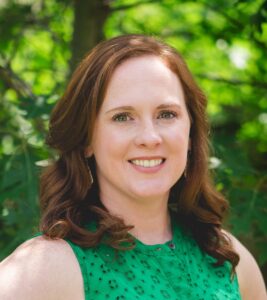 Elizabeth Tomlin is the author of Joyful Momentum: Building and Sustaining Vibrant Women’s Groups and contributing author to the Ave Prayer Book for Catholic Mothers. She is General Counsel for the Archdiocese for the Military Services, USA. Elizabeth is an Army wife and mother of three and currently lives in the DC area. She blogs at JoyfulMomentum.org or @elizabethannetomlin on social media.
Elizabeth Tomlin is the author of Joyful Momentum: Building and Sustaining Vibrant Women’s Groups and contributing author to the Ave Prayer Book for Catholic Mothers. She is General Counsel for the Archdiocese for the Military Services, USA. Elizabeth is an Army wife and mother of three and currently lives in the DC area. She blogs at JoyfulMomentum.org or @elizabethannetomlin on social media.
Feature Image Credit: Keith Lobo, pexels.com/photo/old-st-philomenas-cathedral-with-statue-3290400/

